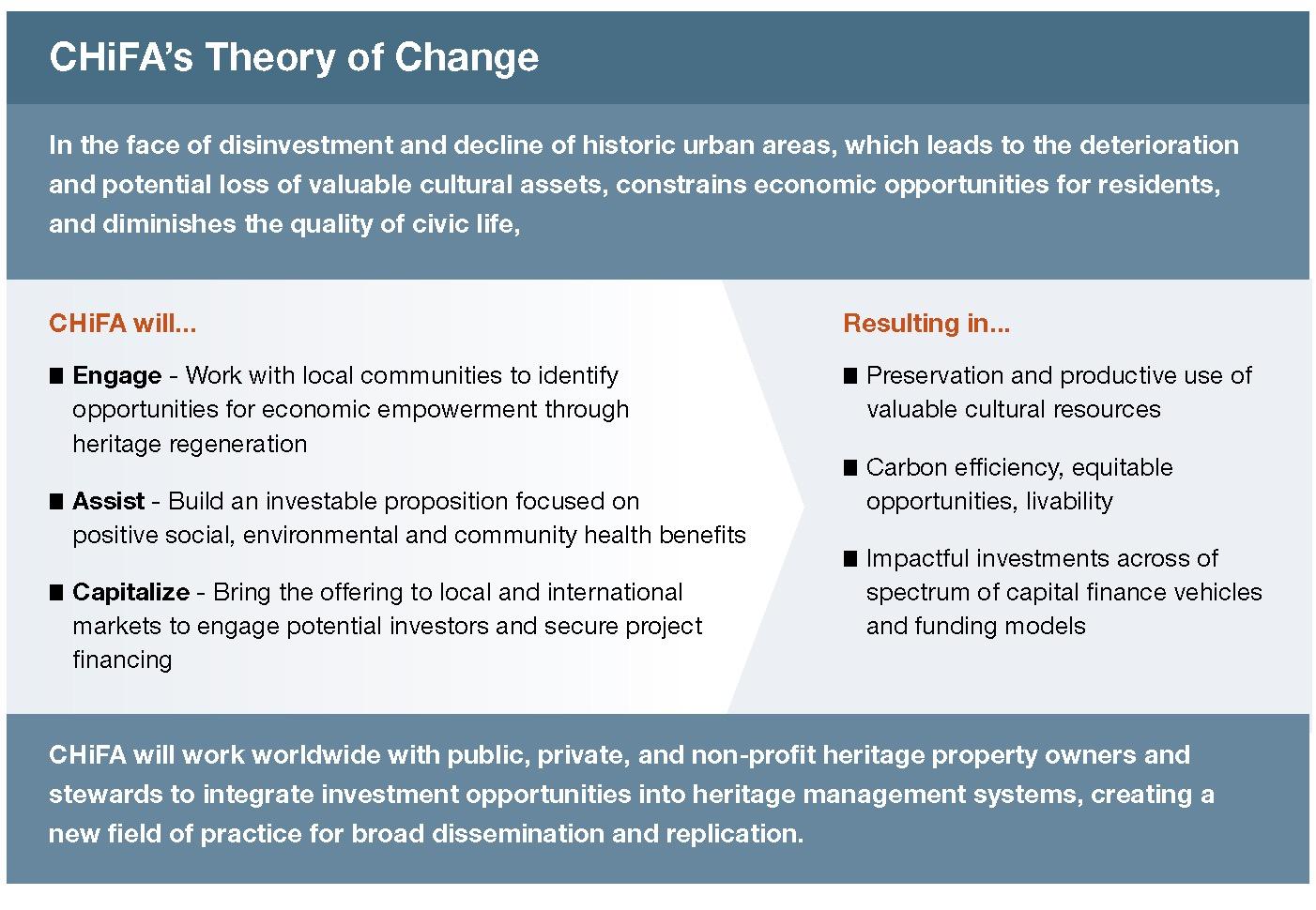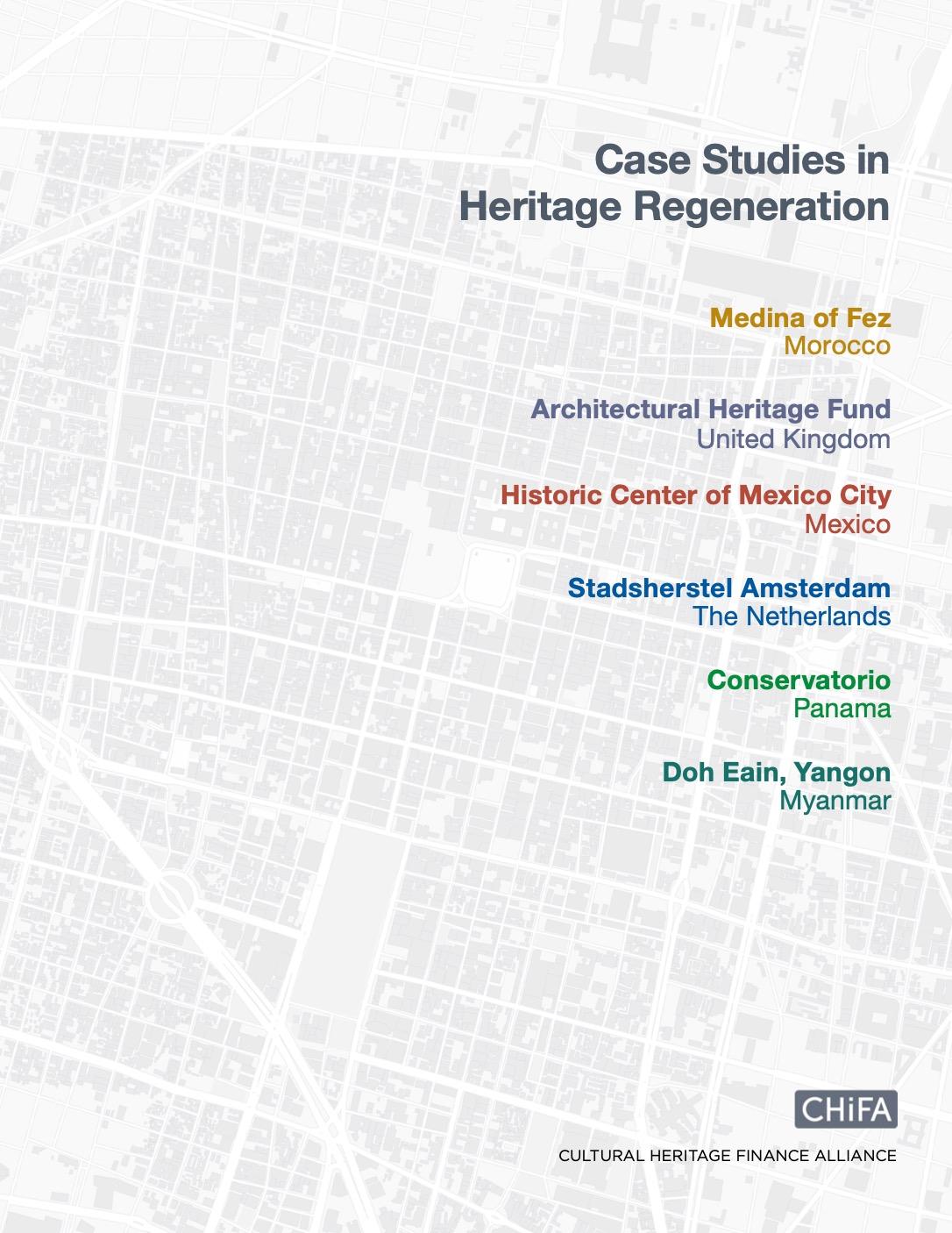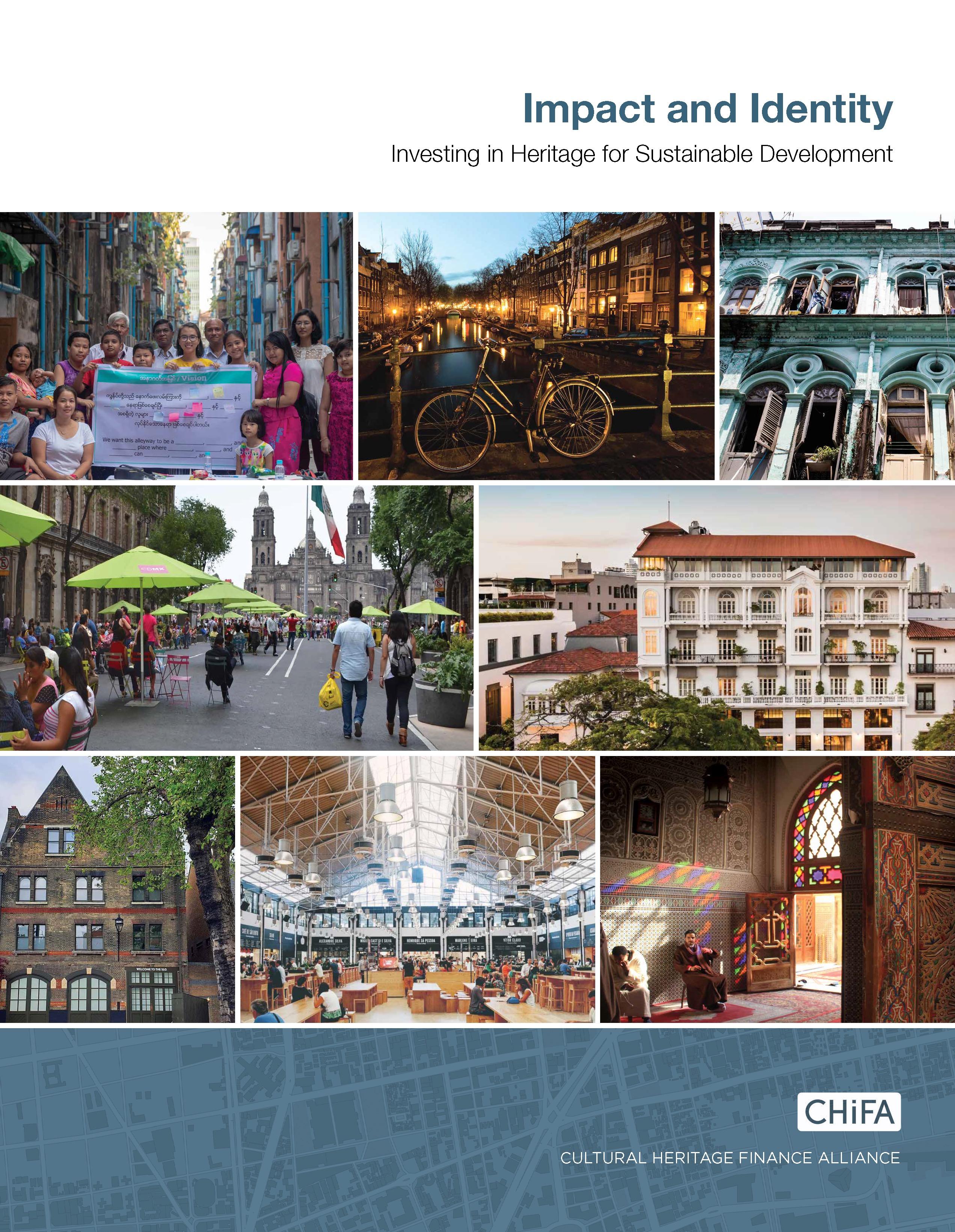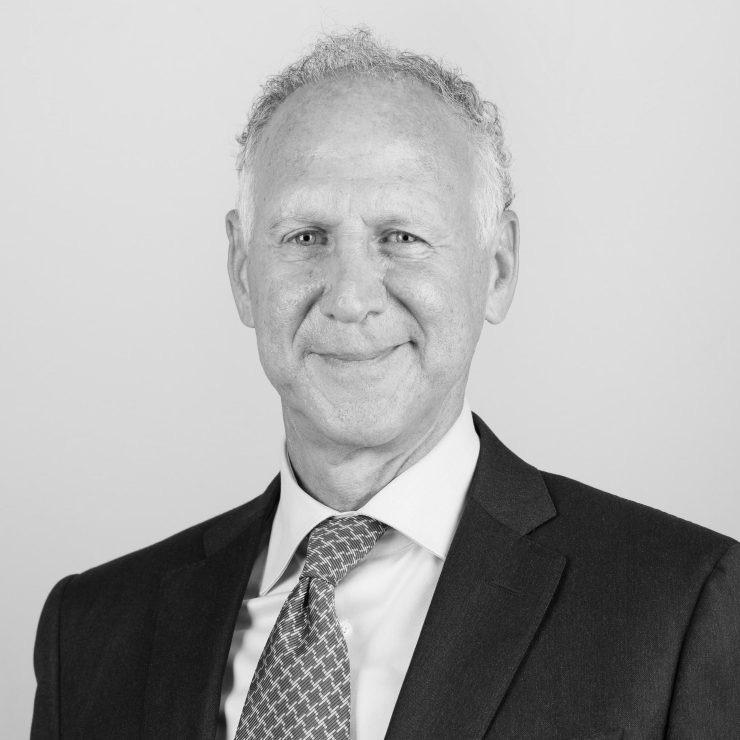Annual









The Cultural Heritage Finance Alliance was created in 2019 to promote collaborative and innovative financing solutions for preserving heritage, to fully optimize the multiple values embodied in unique historic places. Government and philanthropic resources fall short of the documented need for financing. CHiFA was established to leverage new capital and invest in new uses to sustain urban and rural heritage for the long term.
In 2021 CHiFA published research to demonstrate just how powerful private investment in heritage places can be as a catalyst for local economic growth, with positive environmental impacts and the reinforcement of social values complementing these investments in culture. Communicating that information was a big part of our activity this year, joining other organizations that are seeking a new paradigm in heritage management, such as Our World Heritage, the CLIC program of the EU, and many others in webinars across the world.
Our research gave us a clear idea of the factors that make these partnerships successful. It attracted the interest of the Living Heritage program of the Inter-American Development Bank, which contracted further studies to advance a methodology to help the Bank’s clients to multiply the impact of its urban heritage investments in Latin America by engaging private finance. A complementary case study in Trujillo, Peru helped test this methodology, which will guide our future work.
In June CHiFA opened an investment fund with our financial management partner FJC, to provide early-stage financing to project partners. As 2022 opens, CHiFA is working with governments and local organizations to develop financial resources that can benefit entire communities, through the creation of local finance funds and through collaborative projects.
Aligning public and private interests toward the greater good of the community is a complex process. As our work has evolved, CHiFA has positioned itself as the orchestrator of wider collective engagement with the public sector, the financial sector, and property owners in places where they have traditionally had little voice in shaping heritage policy and practice.
Finally with this publication we announce a first project in Mexico, launched with a grant from American Express, with others in the pipeline. As we move forward with our partners, providing early stage funding and technical assistance to develop heritage-centered community regeneration around the world, we are also building the alliance for which the organization is named.
“
Faced with the convergent imperatives of reducing carbon in the built environment, creating sustainable livelihoods and designing compact, livable cities that promote equity and social cohesion, why would we not place heritage regeneration at the center of our program?


Few initiatives cut across areas of such urgent need.
No other approach will keep present such deeply meaningful manifestations of our humanity.”
A.R. Moore, CHiFA Co-Founder and Senior AdvisorTo understand the dynamics of successful heritage-led regeneration projects, CHiFA researched and analyzed local initiatives in diverse environments. Six case studies documented dynamic, pragmatic, and marketoriented approaches to urban regeneration of historic places.


Strategies for capitalizing the regeneration of historic environments range from principal dependence on the public sector to near-total reliance on private entrepreneurs. Financing vehicles range from debt, in projects driven by public initiative, to equity in projects driven by private interests. One innovative model is based on a short-term development and management contract between property owners and the developer, with the investment recovered in increased property revenue over a relatively short term, without a transfer of ownership rights.
Each model added to a synthesis of the necessary ingredients for success in differing economic, social and regulatory environments.
• A primary role for private-sector actors
• Ensuring local community participation and trust
• Leveraging public expenditures to optimize private investment
• Preserving historic fabric of a city or district, reinforced by high-value landmarks
• Investments in public spaces, services and amenities that become part of a new civic infrastructure.
This research led CHiFA to develop its methodology for integrating public and private interests, resources, and benefits at the neighborhood or district level. This methodology was further refined into a four-step process (see facing page) through a consultancy with the Inter-American Development Bank.
Read or download publications at www.heritagefinance.org/resources or ISSUU.com
During 2021, CHiFA joined the Living Heritage program of the Inter-American Development Bank (IDB), the largest provider of development funding in Latin America, as a consultant in an initiative that could have widespread impact across the region by boosting urban economies in historic centers. The IDB Living Heritage (Patrimonio Vivo) program positions heritage places and cultural traditions at the heart of urban growth that is inclusive, productive, eco-efficient, resilient and collaborative (its Five Pillars). To date, Living Heritage has developed urban heritage regeneration strategies for 10 Latin American cities.
CHiFA developed a methodology to bring blended capital investment from philanthropic, institutional and private sources into the equation.
To test and demonstrate this overarching methodology, a pilot case study in one Latin American City, Trujillo, Peru applied these broad principles in a specific environment to see where the opportunities and obstacles lie. The project developed strategies to bridge these gaps.

Our work will provide a process and guide that cities can use to bring together funding, enabling instruments and risk mitigation strategies to engage private investment in heritage. A final report on the study will be published in 2022.
We define living heritage as the set of cultural and natural assets that represent the history, traditions and identity of a territory, recognized for its historical, symbolic and identity values, either institutionally or by the valuation and appropriation of their own inhabitants. As a basic principle, we consider that protecting and enhancing an urban area or city’s living heritage has the ability to contribute to the collective construction of this area’s sustainable, resilient and equitable future.
Navarrete, J. et al. Living Heritage Programme – Focus Document (Inter-American Development Bank, Washington, DC, 2021), p. 4
The CHiFA methodology brings together urban planning, conservation practice, business modeling and management structures to create a unified strategy and the means to bring it to implementation.
Step 1: The Vision and Strategy Phase is a feasibility study consisting a review of existing physical, economic and market conditions, incentives and potential enabling partners in the community. The selection of a small group of pilot projects allows a financial projection of the scale of the initiative, and the obstacles and opportunities for the engagement of multiple capital providers. It sets the stage for detailed planning.
Steps 2-4: integrate architectural and space use planning, financial modeling, and the creation of a management entity to steward a fund that brings together public and private financing as a source of early-stage capital for local property owners.
The management entity takes the fund forward, through the duration of the program or in perpetuity, with expanding resources as its investments return income for the Fund and its investors.
The methodology is further outlined in the CHiFA video Heritage Entrepreneurs Meet Capital Markets on our website www.heritagefinance.org/Developers_and_Investors.

With financing at the core of CHFA’s strategy to revitalize historic places, 2021 brought the milestone accomplishment of a new capacity to lend to projects. In responding to the needs of the marketplace, for early stage, risk- tolerant, and patient capital, CHiFA is making available loans with flexible terms to projects that are positioning themselves for major capital investment and financial sustainability.
CHiFA can accommodate lenders to the Fund by offering fixed-priced notes with defined maturities. For advocates, stakeholders and donors who have long valued and worked toward the preservation of the world’s historic sites and places, the notes offer a unique, and financially viable means to fulfill their mission goals. Impact investors in the fund are further helping to pioneer a new asset class that has the potential to be transformative to the heritage sector.
For inquiries, contact bburnham@heritagefinance.org or marks@fjc.org
from health care to environment have evolved in the last 10 or 15 years to where private capital plays a very significant role, and social entrepreneurs themselves are driving change with less reliance on government and donor money to accelerate progress.”
Founder and Director, CHiFA, in discussion with a panel of

Heritage Entrepreneurs Meet Capital Markets www.heritagefinance.org/developers-and-

one of the longest inhabited places in the Americas. CHiFA will work with a local foundation and government agencies to create a gateway and tourism route for visits to the sparsely inhabited mountainous area, managed by the local communities. The project will bring new livelihood to the communities and anchor the stewardship of the area’s unique cultural landscape. Critical seed funding has been provided by the American Express Foundation.

CHiFA is pleased and proud to acknowledge the supporters and partners that have nurtured the organization since its inception.
Anonymous (3)
American Express Foundation
Suzanne Deal Booth
Furthermore program of the J.M. Kaplan Fund Inter-American Development Bank
FJC
Forsyth Street Advisors
Fundacion Riserva Biosfera Tehuacán-Cuicatlán Getty Conservation Institute World Heritage Centre, Africa Desk
Bonnie Burnham, Co-Founder and President
Gary S. Hattem, Co-Founder and Director
Keith Wright, Co-Founder and Director
Derek A.R. Moore, Co-Founder and Senior Advisor
Norma Barbacci, Aurora Kazi Bassett, Sari Uricheck, Project Consultants
CHiFA’s publications and webinar participation can be found at www.heritagefinance.org/Resources
www.heritagefinance.org
For further information contact info@heritagefinance.org
